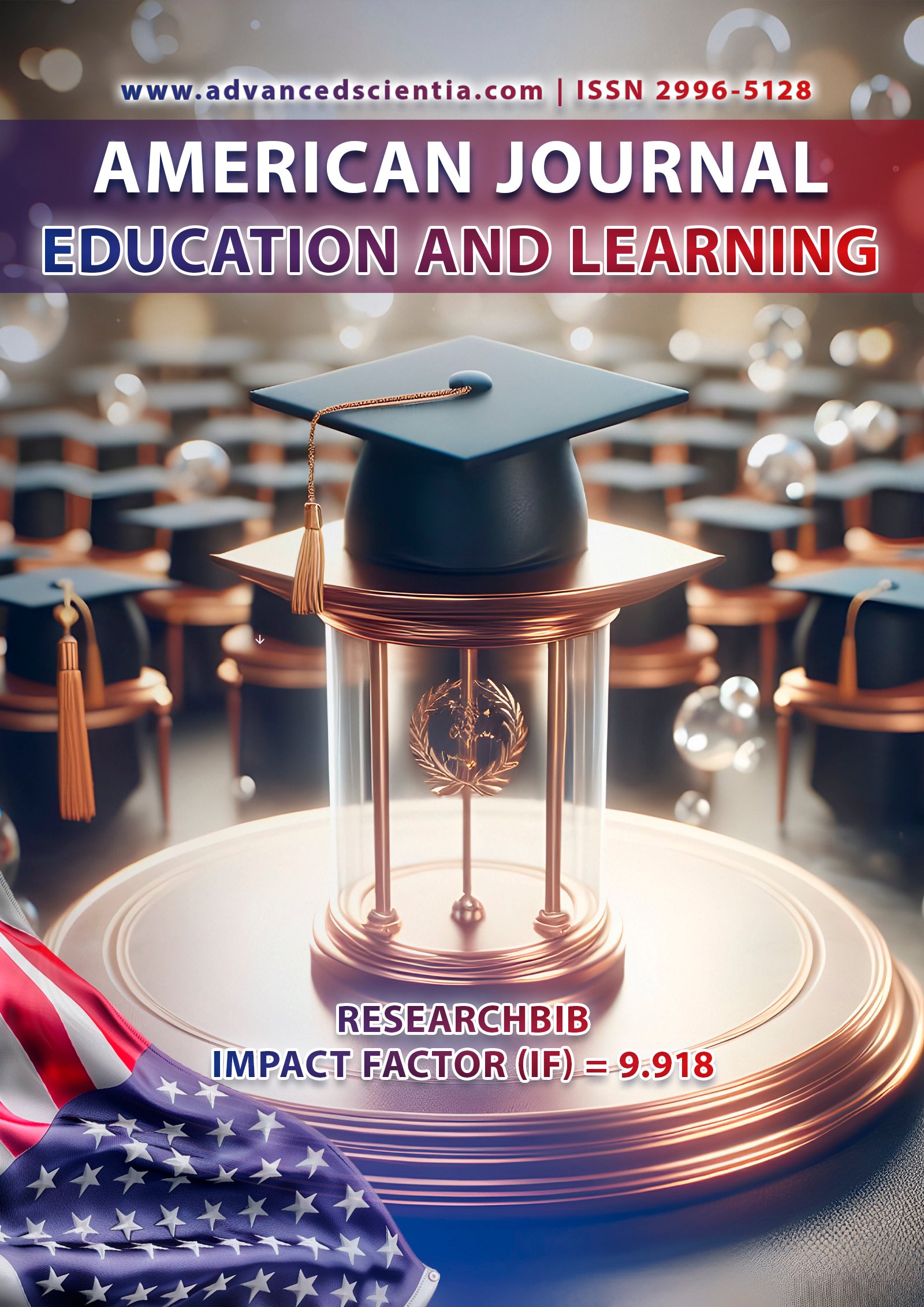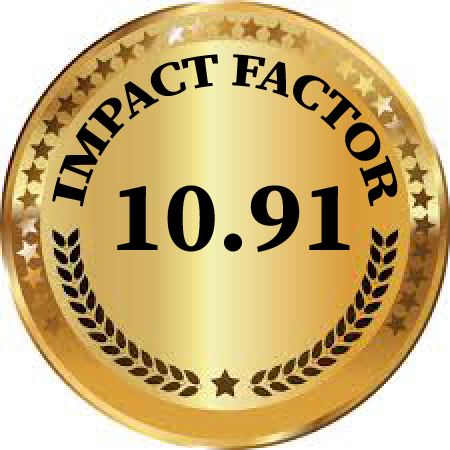THE EVOLUTION OF AI REGULATIONS AND GOVERNANCE: A GLOBAL PERSPECTIVE WITH ALGORITHMIC INSIGHTS
Abstract
Rapid industry, economic, and cultural change brought about by artificial intelligence (AI) has made strong regulatory frameworks necessary to handle new moral, legal, and sociological issues. With an emphasis on significant turning points, legislative advancements, and institutional reactions, this article examines the development of AI laws and governance frameworks in various jurisdictions. We find trends, gaps, and opportunities for harmonising AI governance by comparing the regulatory approaches of the US, China, the EU, and other international actors. Additionally, we present risk assessment methods and algorithmic fairness criteria as instruments to promote accountable and transparent AI systems. Our results imply that although regulatory approaches differ greatly, there is increasing agreement regarding the significance of accountability, transparency, equity, and human supervision in AI systems. We conclude with recommendations for future research and policy development to ensure responsible and inclusive AI innovation.
References
1. Jumaev G., Normuminov A., Primbetov A. 2023 Vol. 6 No. 4 (2023): Journal Of Multidisciplinary Bulletin Safeguarding The Digital Frontier: Exploring Modern Cybersecurity Methods | Journal Of Multidisciplinary Bulletin (sirpublishers.org) https://sirpublishers.org/index.php/jomb/article/view/156
2. Jumaev Giyosjon, ―Proceedings of the 11th International Conference on Applied Innovations in IT‖ Xalqaro Ilmiy Jurnali. Enhancing Organizational Cybersecurity Through Artificial Intelligence https://doi.org/10.5281/zenodo.10471793
3. Mamadjanov Doniyor, Jumaev Giyosjon, Normuminov Anvarjon Innovation In The Modern Education System: a collection scientific works of the International scientific conference (25th January , 2024) – Washington, USA: "CESS", 2024. Part 37 – 368 p. The role of machine learning in credit risk assessment:empowering lending decisions
4. Mamadjanov Doniyor, Jumaev Giyosjon, Normuminov Anvarjon INNOVATION IN THE MODERN EDUCATION SYSTEM: a collection scientific works of the International scientific conference (25th January , 2024) – Washington, USA: "CESS", 2024. Part 37 – 368 p. The Role Of Cloud Computing In Economic Transformation
5. European Commission. (2021). Proposal for a Regulation laying down harmonised rules on artificial intelligence (Artificial Intelligence Act) . https://digital-strategy.ec.europa.eu/en/library/proposal-regulation-laying-down-harmonised-rules-artificial-intelligence
6. OECD. (2019). OECD Principles on Artificial Intelligence . Organisation for Economic Co-operation and Development. https://www.oecd.org/going-digital/ai/principles/
7. UNESCO. (2021). Recommendation on the Ethics of Artificial Intelligence . United Nations Educational, Scientific and Cultural Organization. https://portal.unesco.org/en/artificial-intelligence/recommendation-ethics-artificial-intelligence
8. U.S. Office of Science and Technology Policy. (2023). Executive Order on Safe, Secure, and Trustworthy Artificial Intelligence . https://www.whitehouse.gov/briefing-room/presidential-actions/2023/10/30/executive-order-on-safe-secure-and-trustworthy-artificial-intelligence/
9. Ministry of Science and Technology of the People's Republic of China. (2023). Measures for Generative Artificial Intelligence Services . http://www.cac.gov.cn/2023-07/10/c_1690613434183832.htm
10. Brundage, M., et al. (2018). The Malicious Use of Artificial Intelligence: Forecasting, Prevention, and Mitigation . arXiv preprint arXiv:1802.07228.
11. Schiff, D., Biddle, J., Borenstein, J., & Laas, K. (2019). What’s Next for AI Ethics, Policy, and Governance? Proceedings of the AAAI/ACM Conference on AI, Ethics, and Society, 153–158.
12. Hardt, M., Price, E., & Srebro, N. (2016). Equality of Opportunity in Supervised Learning . Advances in Neural Information Processing Systems (NeurIPS), 3315–3323.
13. Lundberg, S. M., & Lee, S.-I. (2017). A unified approach to interpreting model predictions . Advances in Neural Information Processing Systems (NeurIPS), 4765–4774.
14. Ribeiro, M. T., Singh, S., & Guestrin, C. (2016). “Why Should I Trust You?” Explaining Predictions of Any Classifier . Proceedings of the ACM SIGKDD International Conference on Knowledge Discovery and Data Mining (KDD), 1135–1144.
15. Mittelstadt, B. (2017). Principles alone cannot guarantee ethical AI . Nature Machine Intelligence, 1(11), 501–507.
16. Binns, R. (2018). Fairness in Machine Learning: Lessons from Political Philosophy . Proceedings of the Conference on Fairness, Accountability and Transparency (FAccT), 141–150.
17. IEEE Global Initiative on Ethics of Autonomous and Intelligent Systems. (2020). Ethically Aligned Design: A Vision for Prioritizing Human Well-being with Autonomous and Intelligent Systems . https://standards.ieee.org/industry-connections/ec/ead1-2020.html
18. ISO/IEC. (2022). ISO/IEC 42001: Artificial Intelligence Management System – Requirements . International Organization for Standardization.
19. Canadian Government. (2021). Algorithmic Impact Assessment (AIA) . Treasury Board of Canada Secretariat. https://canada.ca/en/government/system/digital-government/modern-emerging-technologies/ai/algorithmic-impact-assessment.html
20. UK Government. (2022). A Pro-Innovation Approach to AI Regulation . Department for Business, Energy & Industrial Strategy (BEIS). https://www.gov.uk/get-information-about-regulating-artificial-intelligence
21. Raji, I. D., et al. (2020). Closing the AI accountability gap: Defining an end-to-end framework for internal algorithmic auditing . Proceedings of the ACM Conference on Fairness, Accountability, and Transparency (FAccT), 33–44.
22. Selbst, A. D., Boyd, D., Friedler, S. A., Venkatasubramanian, S., & Vertesi, J. (2019). Fairness and Abstraction in Sociotechnical Systems . Proceedings of the ACM Conference on Fairness, Accountability, and Transparency (FAccT), 59–68.






















